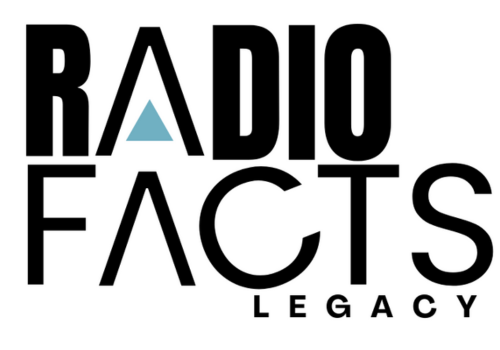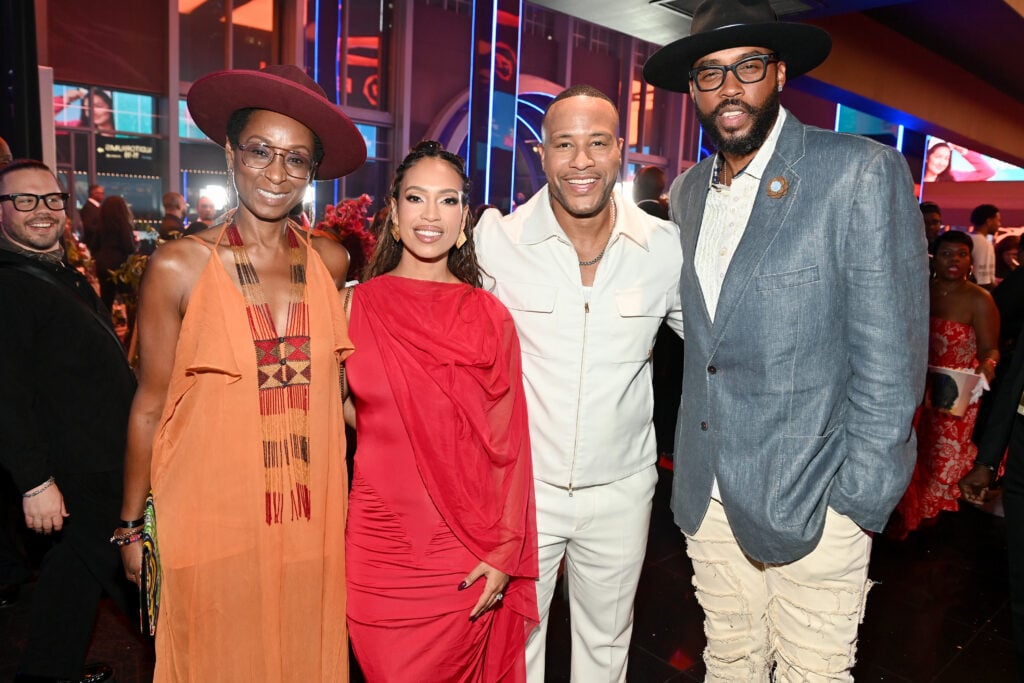What made the Supremes the most successful Motown act of the 1960s? They started as the Primettes in Detroit’s Brewster-Douglass Housing Project. This girl group changed the sound of soul music. They also opened doors for future African-American artists to reach the mainstream1.
The Supremes were formed in 1959. They were the peak of Motown’s success. They had 12 number-one hits on the Billboard Hot 100. The legendary Holland–Dozier–Holland team produced these hits. Their success made them one of the most famous girl groups in music history12.
The Primettes: Origins and Early Days
In 1958, in Detroit, Florence Ballard met Paul Williams and Eddie Kendricks. They were part of the Primes3. Ballard then brought in her best friend, Mary Wilson, and Paul Williams introduced Diana Ross. This formed the original quartet, the Primettes3.
The Brewster-Douglass Housing Project
The Brewster-Douglass Housing Project was where the Primettes started. It’s in the heart of Detroit. This place helped the group develop their musical talents and dreams4.
Mentored by Milton Jenkins
Milton Jenkins, the Primes’ manager, helped the Primettes. He gave them guidance and funding3. They performed hits by Ray Charles and the Drifters at local events, gaining fans in Detroit3.
Jesse Greer also supported them. He helped them find a style inspired by Frankie Lymon & the Teenagers3.
The Primettes’ early days were filled with hard work and talent. Milton Jenkins played a big role in shaping their sound and style3.
Breakthrough with Motown Records
In 1960, Diana Ross asked Smokey Robinson to help the Primettes get signed to Motown. Robinson arranged for the Primettes to audition for Berry Gordy. But Gordy thought they were too young to record yet5.
Signing with Berry Gordy
The Primettes didn’t give up. They recorded a single for Lu Pine Records, “Tears of Sorrow”. Later, in January 1961, Gordy agreed to sign them. But they had to change their name to the Supremes5.
The “No-Hit Supremes” Era
Between 1961 and 1963, the Supremes released six singles. None of them made it to the Top 40 on the Billboard Hot 100. They were called the “no-hit Supremes” at Motown’s Hitsville U.S.A. office5.
“Where Did Our Love Go” was released on Wednesday, June 17, 19646. The Supremes became the first American group with five consecutive Number Ones6.
the supremes: Meteoric Rise to Stardom
The Supremes quickly became famous thanks to Holland-Dozier-Holland, a legendary songwriting team7. In spring 1964, they recorded “Where Did Our Love Go,” meant for the Marvelettes but rejected7. Despite doubts, the Supremes decided to record it, and it was a huge hit7.
Holland-Dozier-Holland Songwriting Team
Working with Holland-Dozier-Holland was key to the Supremes’ success7. “Where Did Our Love Go” topped the US pop charts in August 1964, surprising and pleasing the group7. This was the start of five consecutive number-one hits, including “Baby Love” and “Stop! In the Name of Love.”7
The Supremes’ rise was unstoppable, with 12 number-one hits on the Billboard Hot 100, just behind the Beatles8. They even got Grammy nominations for “Baby Love” and “Stop! In the Name of Love.”7
“The Supremes were the most well-known Black women in the world at the peak of their commercial success from 1964-1967, all being under the age of twenty-five.”9
Their fame and influence were huge, making them a symbol of Motown’s success7. Despite the music industry’s challenges, they stood out with their polished sound7.
Fashionable and Groundbreaking Image
The Supremes chose a glamorous image, unlike many black performers before them10. Berry Gordy and Maxine Powell, Motown’s leaders, helped shape this new look10. Diana Ross’s voice was calm and thin, and the group focused on being feminine, unlike male groups10.
The Supremes wore detailed make-up, fancy gowns, and wigs on stage10. They also performed elegant choreography by Cholly Atkins10. Their fashion-forward and choreographed image made them stand out and boosted their fame10.
“The Supremes were the only Motown girl group to compete with the Beatles in the American charts.”10
The group’s fashion sense and choreography were key to their Motown identity10. Their focus on detail and visual appeal made them an iconic supremes image in music10.
Diana Ross and the Supremes Era
In the late 1960s, The Supremes, the iconic Motown girl group, went through big changes. In 1967, Florence Ballard left the group. She was replaced by Cindy Birdsong11. This change marked the start of a new chapter for the group, now known as diana ross and the supremes.
Ballard’s Departure and Birdsong’s Arrival
Florence Ballard left due to personal issues, like substance abuse and weight problems. Berry Gordy, Motown’s founder, had criticized her11. Cindy Birdsong joined and helped keep the Supremes’ sound and fame alive for a few more years11.
During this time, diana ross and the supremes kept making hits. Their success was closely linked to diana ross’s solo dreams11. They released songs like “Theme from Mahogany,” which hit number 1 in the US and number 5 in the UK in 197512.
Motown changed the group’s name to diana ross and the supremes to get fans ready for diana ross’s solo career11. After seven years, ross left the group in 1970 to focus on her solo career. It turned out to be very successful11.
The Supremes kept making music but never reached their old success with diana ross11. Still, the legacy of diana ross and the supremes is a big part of their lasting impact on music history.
The Supremes’ Impact and Legacy
The Supremes were more than just Motown’s top act. They changed how Americans saw African Americans during the civil rights era. They wore glamorous sequined gowns and had a sophisticated sound. This made them symbols of racial integration13.
Their fast rise to fame and TV appearances taught young Americans about racial equality13.
Mainstream Success and Racial Equality
The Supremes broke down barriers in the music world1314. Between 1964 and 1969, they had 12 number-one hits. Five of these were in 196513.
Their success and style changed how African Americans were seen in media. This helped bring about more equality and representation.
Their stage costumes were expensive in the 1960s13. Their look changed from the early Primettes to sophisticated Hollywood designs. This was shown in the V&A’s 2008 exhibition13.
This made them icons of style and talent, crossing racial lines.
“The youth of America learned many of its first lessons about racial equality from teen magazines that documented every hyperglamorized move the Supremes made as they went from topping the pop chart to appearances on The Ed Sullivan Show to sold-out Las Vegas bookings.”
The Supremes deeply influenced popular culture and racial equality during the civil rights era1314. Their legacy inspires and educates today’s youth. They are a key part of America’s cultural history.
Awards, Honors, and Lasting Influence
The Supremes’ success and cultural impact have earned them many awards. In 1988, they were inducted into the Rock and Roll Hall of Fame. This made them one of the most influential musical acts of the 20th century15. Their hit “Where Did Our Love Go” was added to the National Recording Registry in 2015. This is a list of recordings that are culturally, historically, or aesthetically significant15.
The Supremes’ legacy still affects the music industry and popular culture. In 2023, they won a Grammy Award for Lifetime Achievement15. Their story inspired the Broadway musical Dreamgirls (1981) and its 2006 film adaptation15. A 2018 episode of Breaking the Band also explored their history and breakup.
The Supremes’ impact on music and society is clear. They were the most successful American vocal group15. They opened doors for future female artists and helped break racial barriers in entertainment. Their music and style continue to inspire and influence many, making the Supremes a legendary girl group.
Source Links
- The Supremes
- The Supremes | Members, Songs, & Facts | Britannica
- The Primettes
- The story of The Supremes · V&A
- Motown: The music that changed America
- The Supremes – “Where Did Our Love Go” | Classic Motown
- Trashy Divorces: S23E7: Diana Ross and Berry Gordy on DeepCast
- Why Did The Supremes Slip In 1968 ? [Archive]
- Reflections: The Supremes and the Politics of Image
- Supremes singer original member of groundbreaking Motown group
- Diana Ross & The Supremes on Apple Music
- Diana Ross and the Supremes’ 10 greatest songs ever, ranked
- The story of The Supremes · V&A
- How Mary Wilson and the Supremes changed the way America viewed Black music
- The Supremes: Timeless Classics That Defined an Era | CIO Women Magazine





